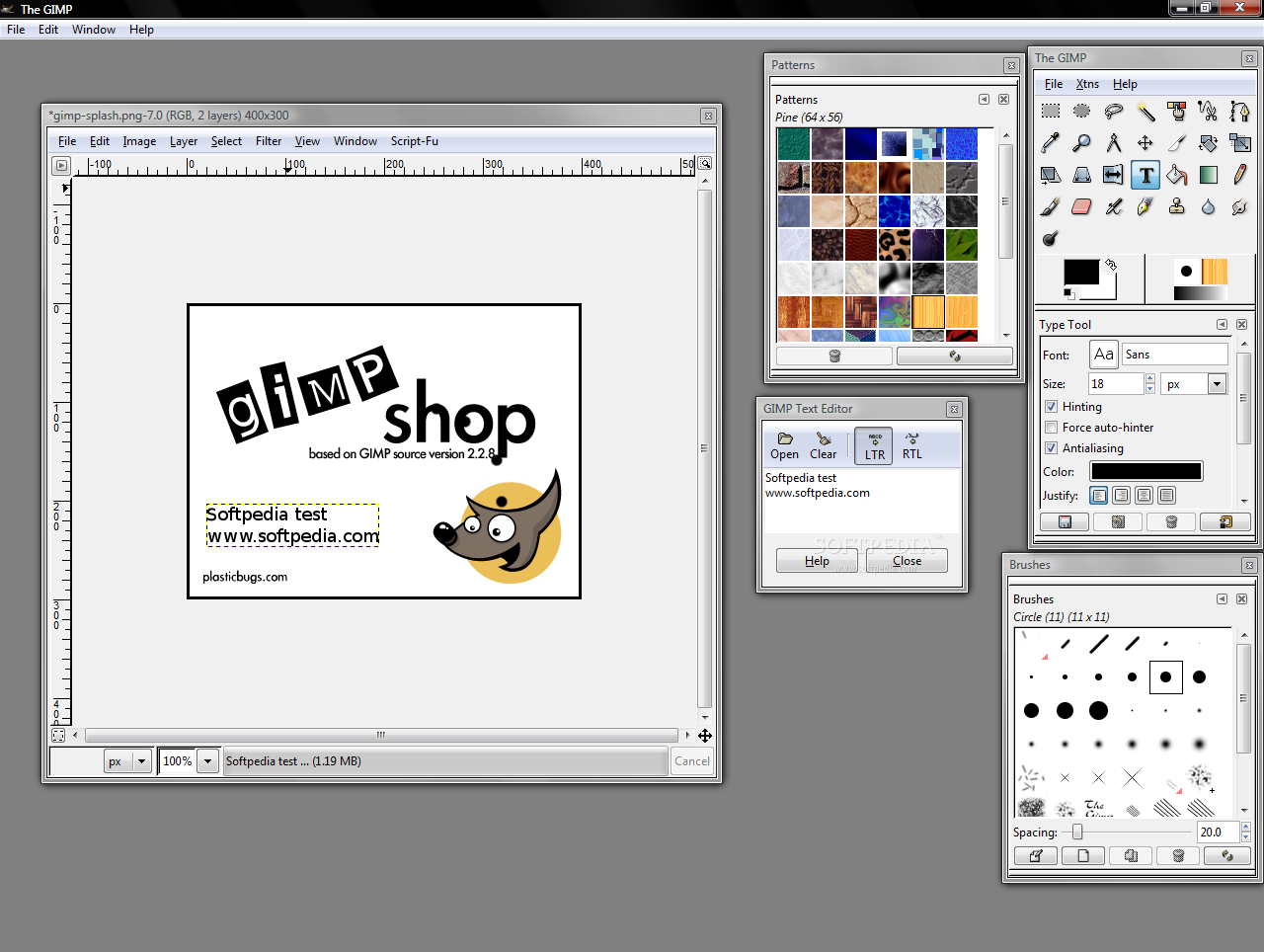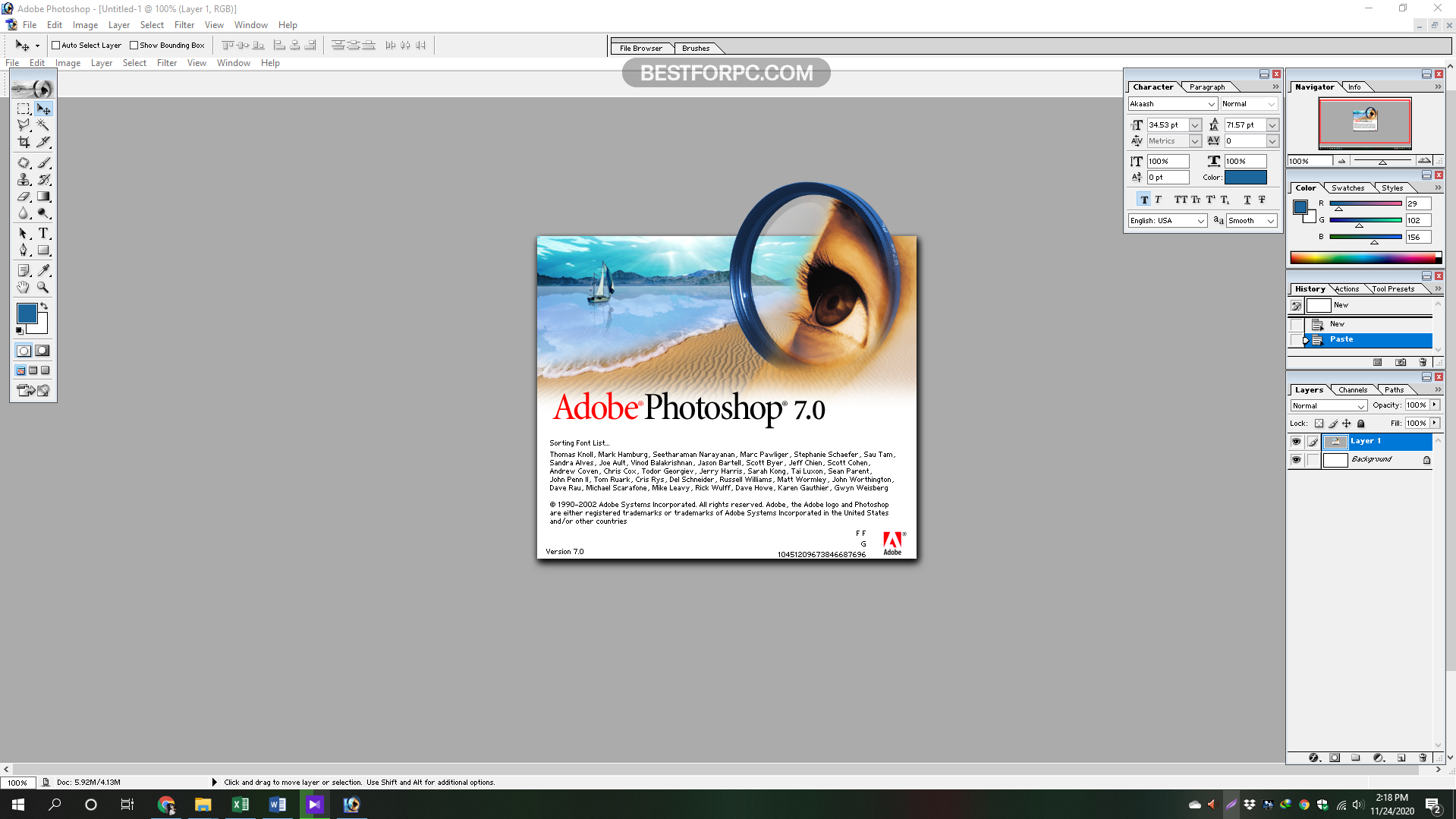

- #Photo layering software free download for free#
- #Photo layering software free download install#
- #Photo layering software free download 32 bit#
- #Photo layering software free download windows#
Picturenaut 3 is available for Windows and Mac. The open-source API is also publicly available for programmers interested in tweaking the program for even better results. This German program is ever-changing with new intelligence added every day. The tool also includes Alpha channel view, auto-cropping, and is one of the fastest at tone mapping. The program has a drag-and-drop feature and supports both PNG and RAW files. Touted as one of the best free HDR software solutions out there, Picturenaut is just as intuitive as Luminance but functions a little bit differently.
#Photo layering software free download install#
It’s easy to install and even easier to use. Picturenaut is a very light software program. Picturenaut is by HDRLabs, a project established to create free software for various processes. Picturenaut 3 is another free HDR software tool. Luminance is available for Windows and Mac.

A key benefit to Luminance HDR is the ease at which you can export photographs to additional photo editing software, such as GIMP (a free alternative to Photoshop). Luminance HDR reads both JPEG and RAW files. Some new sliders have been implemented too, such as ‘Gamma’ and ‘Saturation’.
#Photo layering software free download 32 bit#
The most recent 2019 edition features many useful tools to bring out the best in your HDR photography.ĭevelopers upgraded the HDR solution with new features like automatic anti-ghosting, FITS support integration with Windows taskbar, improved 1/10 with TIPF 32 bit and redesigned merge algorithms. Luminance HDR is an intuitive program with an easy-to-use interface.
#Photo layering software free download for free#
When asking for free high dynamic range programs, Luminance HDR tends to be on the top of everyone’s list. That is when presets can help you to enhance your image. If you’re new to HDR programs, you might not know how best to edit your HDR photo. These change how Photoshop layers the exposures. You can adjust edge glow, tone curve, and color. This tool is more advanced than the HDR software in Lightroom. The tool is located in the ‘File’ dropdown menu. Within Photoshop is a tool called HDR Pro. Simply select the images with varying exposures you want to combine and select the dropdown menu ‘Photo’. Ghost removal aligns the images and reconciles any element that might have moved between the exposures. In Lightroom, the tool is very basic, but it does combine exposures and do ghost removal. Both Lightroom and Capture One do HDR image processing. Let’s start with HDR software tools you may already have. You need three images when creating an HDR picture, but some photographers take five or seven exposures. You can also manually adjust the exposure compensation dial will achieve similar results. Many cameras have a built-in bracketing tool. Each exposure should differ by one or two stops (-1 or -2 stops for the darker images and +1 or +2 stops for the brighter images). You need to take at least three photos: One to expose for the shadows, one to expose for the highlights, and one neutral shot right in the middle. The final image highlights the best parts of each picture. The images are then combined in post-processing to create a HDR photo. Instead of taking one photo, with high-dynamic range, you take many pictures of the same scene at different exposures. HDR photography uses technology to overcome this problem. And exposing for the shadows will make your highlights too bright. It’s not possible to get the settings just right in one image. One of them will suffer.Įxposing for highlights will make your shadows too dark. This means that you cannot expose for the highlights and shadows at the same time. Our eyes have a stunning dynamic range which no camera can ever mimic.Ĭameras are limited in their dynamic range. We tend to see HDR images more appealing, and it’s because of the greater range of luminosity. Images with a high dynamic range have detailed highlights and shadows.

Dynamic range refers to the range of light between shadows to highlights. HDR is an acronym for High-Dynamic-Range imaging.


 0 kommentar(er)
0 kommentar(er)
